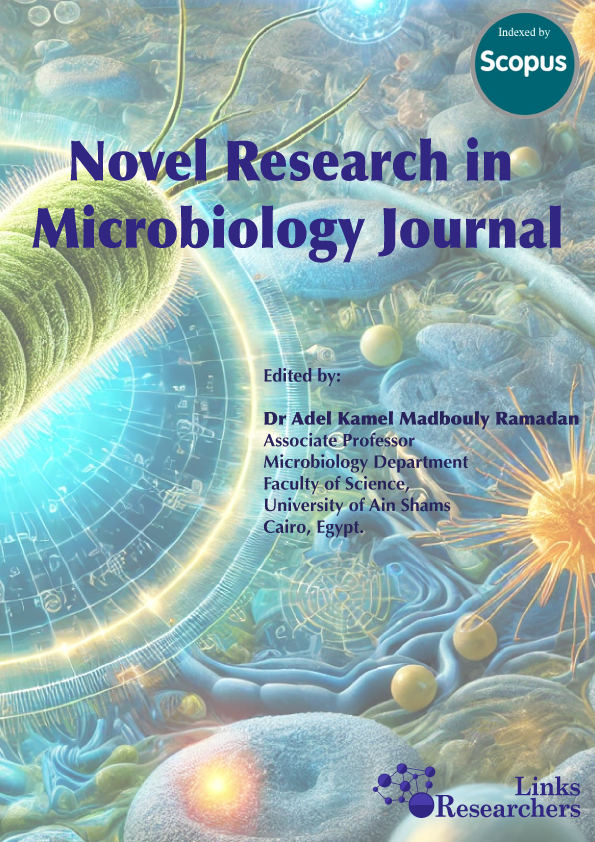A brief discussion of the numerous types of microbial contamination of the
pharmaceutical and cosmetic items and their corresponding effects is attempted in this study.
The pharmaceutical and cosmetic products are particularly vulnerable to microbial
contamination, because they contain chemical compounds that encourage the microbial
development. Contamination can potentially happen during production; storage, and/ or usage.
These contaminants can cause a variety of unfavorable effects, including alteration of the
consistency and appearance; phase separation, alteration or loss of activity, and even the
emergence of toxicity in the contaminated items. Organizations such as the United States Food
and Drug Administration (FDA) actively regulate the consumer safety by frequently recalling
the potentially dangerous or contaminated products from the market. Therefore, to prevent
microbial contamination and increase the shelf life of a product, a variety of preservatives are
added to the final formulation. However, some of these preservatives may be toxic to the
consumer as well. In this context, we have also reviewed the mechanisms of action of some of
the most commonly used antimicrobial preservatives, including the organic acids; parabens,
phenol, organomercurials, ethanol, chlorobutanol, benzalkonium chloride, chlorocresol,
sodium benzoate, isothiazolinones, sodium sulfite, and sodium metabisulfite, in addition to the
potential toxicity caused by them to the consumers.






